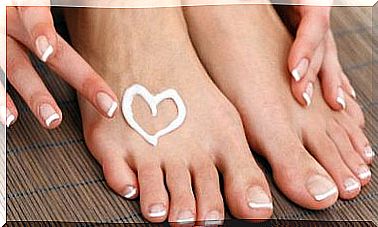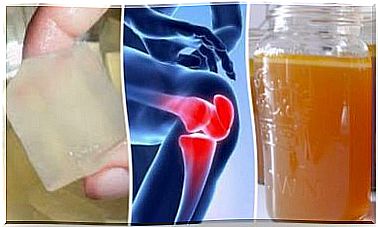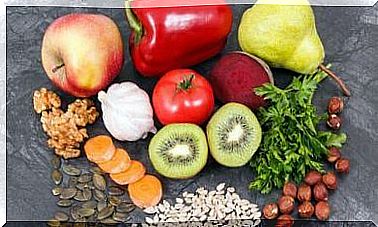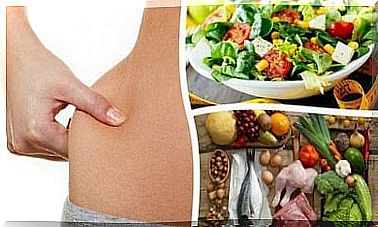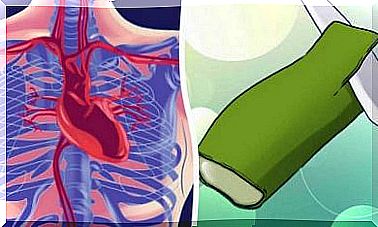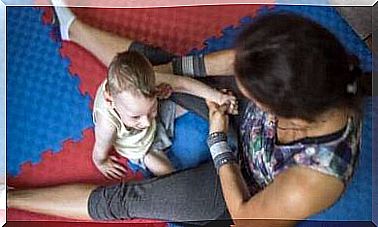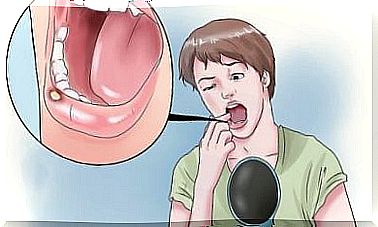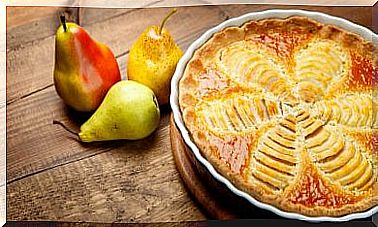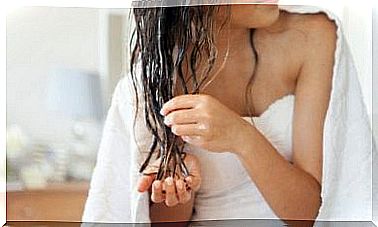Types Of Massage And Their Uses
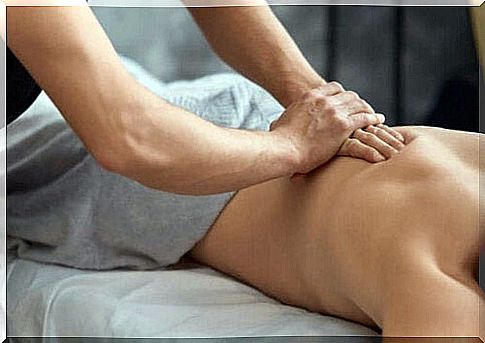
There are many different types of massage and there are countless treatments, all of which can improve our health and well-being. Although massage can be given using various techniques, we will focus on massage performed only with the hands, not with tools or utensils.
The history of massage
Massage has been around since ancient times and has been used to relieve physical, emotional and psychological pain. In general, they are helpful in improving our physical and emotional state. In addition, it is great for:
- Improves quality of life and our well-being.
- Eliminates or reduces pain.
- Helps with relaxation.
- Reduces stress.
- Improves sleep quality.
Massage has been around since ancient times. In India 1800-1500 BC. (Ayur-Veda); in China around 1000 BC. (Houng-Ching); Egypt, Greece, Rome and in the field of Muslim medicine.
There are many references to its therapeutic uses by authors such as Herodicus (500 BC), Hippocrates (450 BC), Claudius Galen (130 BC) and Avicenna (Abu Ali Al-Husayn Iber Sina), (930-1037 AD), among others.
Recently, the Swedes have introduced some great types of massage. They are called Swedish massage and are currently the most popular massage in the whole world.
Massage is still used to this day as an art or relaxation technique. It is also used to improve overall health and well-being. Today, it is a wide field that varies in type and application.
Definition of massage
The generally accepted definition of massage is:
Types of massage
There are many types of massage that have evolved over time. Some have been enhanced by new additions, but retain the distinctive features of the original massage. Others, on the other hand, stand out by their combination of several forms of massage or the incorporation of new techniques and maneuvers.
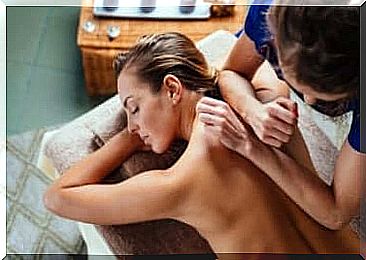
Massage without tools
This type of massage only uses the hands and does not require other tools, instruments or tools. This massage is effective due to the physiological response in the treated area that causes increased blood flow and reduced pain.
This is also a result of the pressure, which can reduce muscle fatigue by making the treated area relax.
Despite its antiquity and prevalence, official medicine does not always recognize its benefits, as scientific evidence for its effects is limited. Massage has many benefits, but we must not ignore the contraindications for people with diseases, injuries or pregnant women.
Types of massage and their uses
Types of massage: Relaxing
This is the most common massage. Although it can be applied to certain parts of the body, it is generally a massage given to the whole body.
It is performed with gentle and superficial maneuvers to help reduce nervousness or stress, improve sleep quality and relieve emotional tension. It is one of the most common treatments in the field of beauty and personal care.
Invigorating
This is a short-term massage that lasts between fifteen and twenty minutes. The masseur will apply greater pressure to treat the deepest muscle layers.
This type of massage is performed on a specific part of the body and is best for sedentary people who do not have highly developed muscles and who are overweight. It strengthens, activates the muscles and increases the blood flow that will carry away any accumulated toxins.
Types of massage: Sports
This is an energetic massage aimed at lengthening and relaxing the muscle fibers. It is used for recovery after sports training or for preparation before it. It also increases strength and improves blood flow, just like other types of massage. However, it is also designed to mobilize lactic acid, which is the body fluid that causes stiffness.
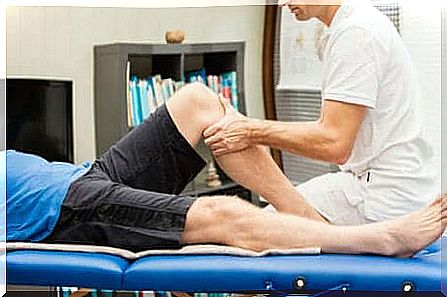
Types of massage: Lymphatic drainage
The mission of this massage is to promote the circulation of the lymphatic system and prevent fluid retention, especially in the lower extremities. The masseur massages your whole body according to the direction of circulation to the heart.
They will go from the lower extremities, upper extremities and abdomen where more fluid accumulates, producing an increase in volume towards the heart.
Shiatsu
Shiatsu is a Japanese massage performed by the masseur who presses with the fingers. Shi means fingers, while atsu means pressure. This technique is based on the different pressure points in the body, in the same way as acupuncture.
By putting pressure on the nerve endings, the body’s vital energy (Ch-Qui) will flow and balance. As a result, your overall health will improve, different parts of the body will be loosened and the functions of the internal organs will be strengthened.
Types of massage: Reflexology
This is one of the types of massage that is based on pressure on different areas of the body (feet, ears, trigger points, mouth, wrists, etc.) – areas far away from the pain area. The masseur will utilize the nerve-related and energetic communication between different areas to see an effect on the body.
The therapeutic effects are based on the physiology of the soles of the feet, where the nerve fibers collect information from the affected area. They then issue the appropriate muscular, vascular, or nerve-related command, influenced by the initial pressure point.
The impact of massage on organs and structures
Skin
- Cleanses and removes peeling cells (dead cells).
- Cleans and empties sweat glands or sebaceous glands.
- Pain reliever. Reduces pain or discomfort.
- Vasodilation. Increases blood flow to the skin, which becomes hot and red.
- Improves cream or medicine absorption through the pores.
- Cleanses dead cells in the hair follicle and stimulates the scalp.
Adipose tissue
- Dissolution of fat cells by pressure, elevated temperature and blood flow.
- Helps with reabsorption of adipose tissue and its storage as reserve energy.
Muscles
- Rise in temperature and catabolism.
- Improves muscle strength and contractility.
- Relieves, delays and reduces fatigue.
- Promotes circulation and relieves muscle pain.
Led
- Increases temperature, which improves reabsorption of edema. This prevents joint stiffness.
Blood circulation
- Increased peripheral blood flow. Capillaries carry more blood and make it faster.
- Hyperemia: Increase in the amount of blood reaching the tissues.
- Greater oxygenation of all body structures.
- Improves venous backflow and therefore prevents edema formation. It also improves metabolic cleansing and elimination of toxins.
Digestive system
- Helps with bowel movements and digestive function.
- Can prevent or improve constipation or diarrhea.
Nervous system
- Analgesic effect: Reduces pain.
- Improves motor nerve stimulation and therefore increases muscle strength and contractility.
- Improves rinsing and therefore nutrition of the peripheral nerves.
- Mental relaxation that helps reduce tension, stress and therefore feelings of pain or discomfort.
General effects of the different types of massage
Massage effects are grouped into three major groups: mechanical, reflex and psychological.
Mechanical effects
- Increased elasticity of tissues.
- Pressure and stimulation of tissues in joints (ligaments, muscles, tendons and bones).
- Relieves muscle cramps.
- Improves arterial, venous and lymphatic circulation. This improves nutrition as well as elimination of waste products, including lactic acid, which causes stiffness.
Nerve-related effects
- Balances and strengthens the autonomic nervous system.
- Reduces pain.
Psychological effects of the different types of massage
- Emotional and psychological relaxation.
- Improved sleep rhythm and emotional state.
- General well-being and improvement of the brain’s motor formation of concepts.
Conclusion on the different types of massage
The different types of massage have countless uses that can improve our health and well-being. However, it is important that a professional performs them, as incorrect treatment can be counterproductive.
